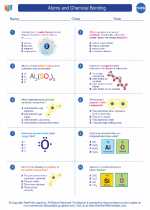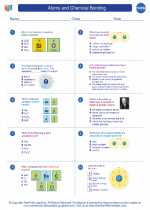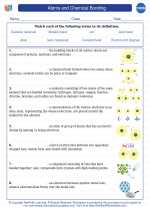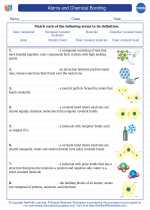Atmospheric Pressure
Atmospheric pressure is the force per unit area exerted on a surface by the weight of the air above that surface in the Earth's atmosphere. It is caused by the collisions of air molecules with the surface and is an important factor in various natural phenomena and human activities.
Factors Affecting Atmospheric Pressure
Several factors can affect atmospheric pressure, including altitude, temperature, and weather conditions. As altitude increases, the atmospheric pressure decreases because there are fewer air molecules above the surface. Similarly, as temperature increases, the air molecules gain more kinetic energy and spread out, leading to a decrease in atmospheric pressure.
Units of Measurement
Atmospheric pressure is commonly measured in units such as atmospheres (atm), millimeters of mercury (mmHg), and pascals (Pa). Standard atmospheric pressure at sea level is approximately 1 atm, which is equivalent to 760 mmHg or 101,325 Pa.
Applications
Understanding atmospheric pressure is essential in various scientific and practical applications. It is crucial in weather forecasting, aviation, scuba diving, and the design of pressure vessels and equipment.
Study Tips
- Understand the concept of atmospheric pressure and its relationship with the density of air.
- Learn the units of measurement for atmospheric pressure and how to convert between them.
- Practice solving problems related to atmospheric pressure, such as determining the pressure at different altitudes or in different units.
- Explore real-world applications of atmospheric pressure to appreciate its significance in various fields.
◂Chemistry Worksheets and Study Guides High School. Atoms and Chemical Bonding

 Worksheet/Answer key
Worksheet/Answer key
 Worksheet/Answer key
Worksheet/Answer key
 Vocabulary/Answer key
Vocabulary/Answer key
 Vocabulary/Answer key
Vocabulary/Answer key
